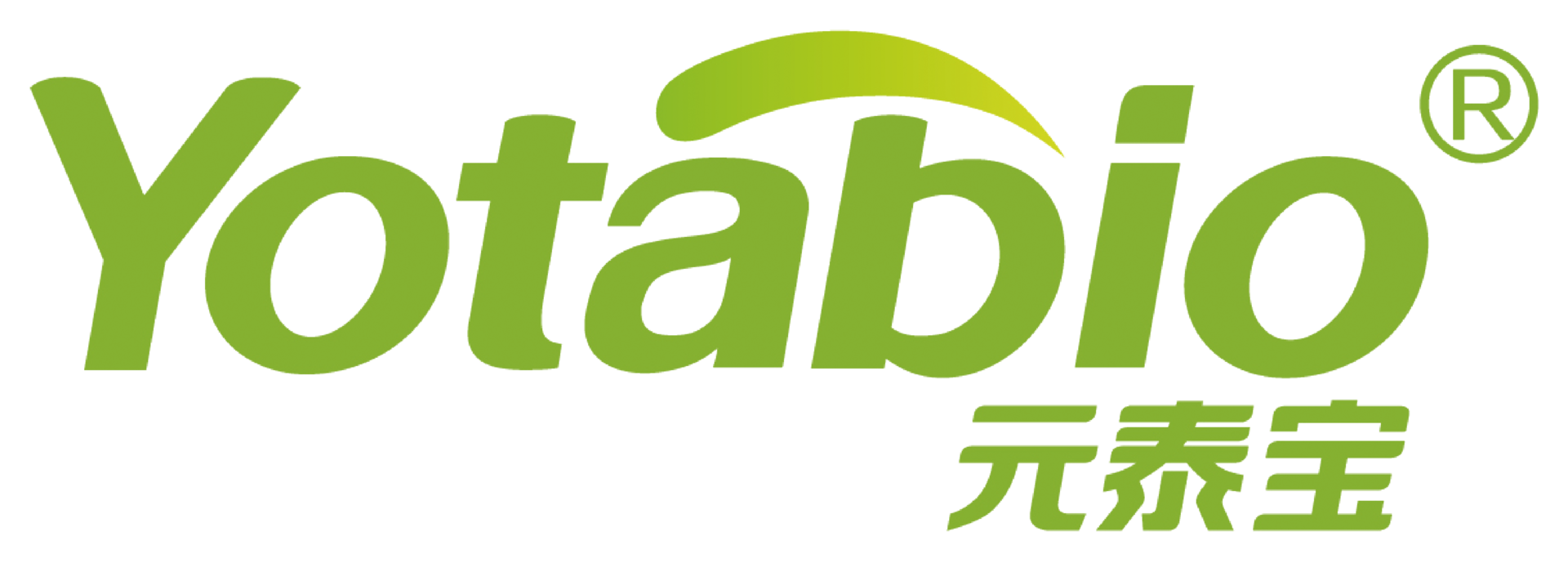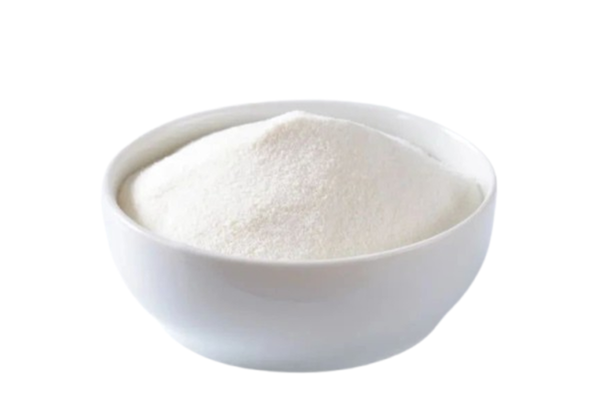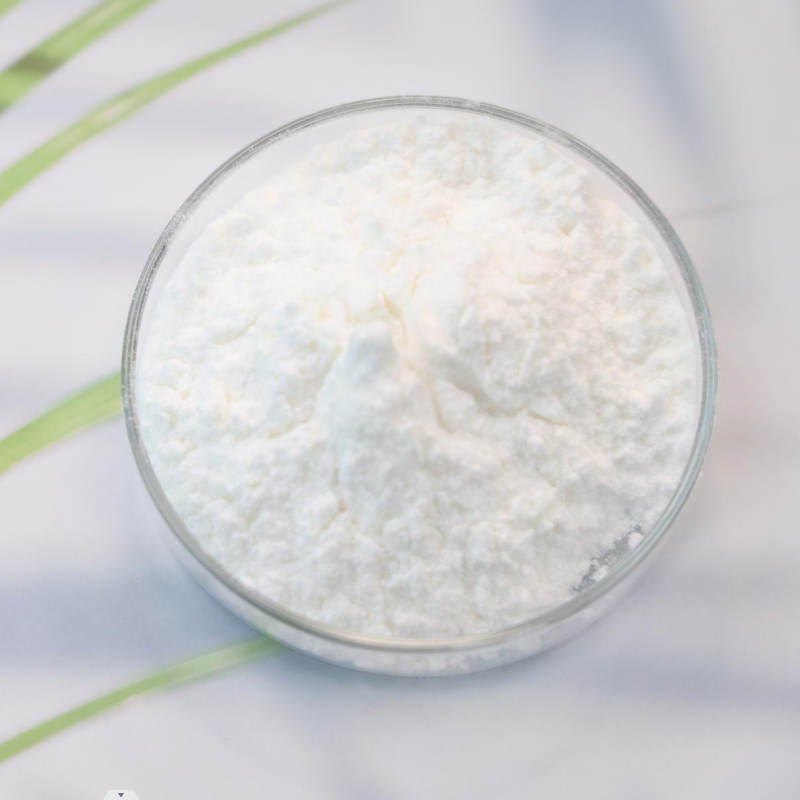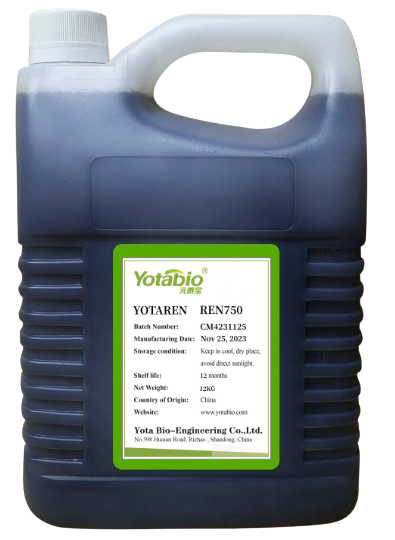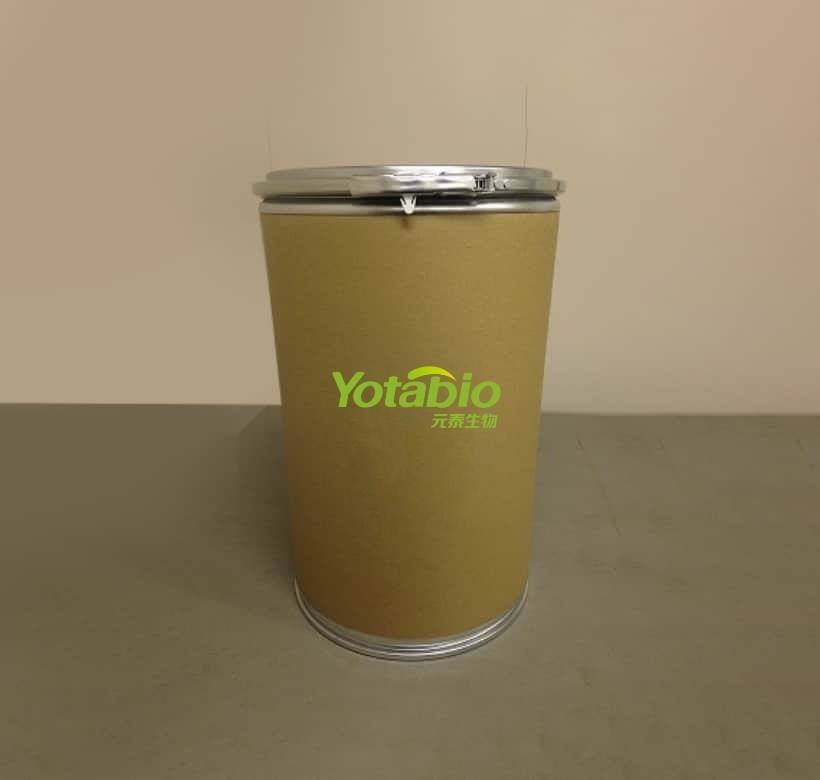
Contact me:
Cultured Wheat Product Information
Cultured wheat is an innovative ingredient gaining prominence in the bakery industry for its dual role as a natural preservative and flavor enhancer. Derived from the fermentation of wheat using specific bacteria, such as Propionibacterium freudenreichii, cultured wheat provides a clean-label alternative to synthetic preservatives, Cultured Wheat is a natural preservative used to extend the shelf life of baked goods, cheese, meats, salad dressings, and more. By preventing the growth of harmful bacteria, yeast, and mold, Cultured Wheat Products can replace chemical preservatives such as sorbates, benzoates, and calcium propionate, providing a clean label alternative.responding to consumer demand for healthier and more transparent food options. Its notable antimicrobial properties help extend the shelf life of various baked goods, including breads, pastries, and cookies, making it a versatile solution in modern baking practices.
The shift towards cultured wheat is reflective of broader trends in food production, where health-conscious consumers increasingly favor natural ingredients over chemical additives. Major players in the market, such as DuPont Nutrition & Biosciences, are leading the way in developing cultured wheat products. The global market for cultured wheat is projected to grow significantly, reaching an estimated USD 625.5 million by 2032, driven by innovations that cater to both large-scale manufacturers and artisanal bakeries seeking clean-label solutions.
Cultured wheat's application in bakery products not only enhances the flavor and texture but also serves as a mold inhibitor and anti-staling agent. As bakers seek to meet evolving consumer preferences, the ingredient has found its place in a variety of baked goods, such as yeasted breads, cakes, and cookies, allowing for longer freshness without compromising taste.The increasing emphasis on sustainability and natural food preservation methods positions cultured wheat as a critical component in the future of the baking industry.

Basic Info.
Cultured Wheat Specifications
GMO information
According to regulations Ec No. 1829/2003 and 1830/2003. Microorganisms used for the production of this product are not genetically modified.
Storage conditions: Store unopened under 20°C in dry conditions, away from direct sunlight.
Expiry date: 2 years under storage conditions.
Packaging: available in 25kg kraft paper bags, also 25kg drum available as requested.
Regulatory Information for Cultured Wheat:
1.GRAS Status (Generally Recognized as Safe):
The bacteria used in the fermentation process, notably Propionibacterium freudenreichii, have been granted GRAS status by the U.S. Food and Drug Administration (FDA). This means they are considered safe for human consumption within the context of food production.
2.Code of Federal Regulations (CFR):
The information relevant to food ingredients like cultured wheat can be found within Title 21 of the CFR, which covers food and drugs. However, specific entries for cultured wheat are not detailed in the provided excerpts, indicating general adherence to food safety regulations for all food ingredients.
- Natural Preservation:
- Mold and Pathogen Inhibition: Cultured wheat extends the shelf life of food products by naturally inhibiting the growth of spoilage organisms like mold, yeast, and some bacteria, without the need for synthetic preservatives.
- Clean Label:
- Consumer Appeal: It allows for "clean label" food products, which are increasingly preferred by consumers looking for natural and recognizable ingredients on product labels. This can lead to increased consumer trust and demand.
- Healthier Alternative:
- Avoidance of Chemicals: By replacing chemical preservatives like sorbates, benzoates, or calcium propionate, cultured wheat avoids potential health risks associated with long-term consumption of synthetic additives, including allergies and respiratory issues.
- Enhanced Food Safety:
- Reduced Risk of Foodborne Illnesses: Its antimicrobial properties contribute to safer food by reducing the likelihood of bacterial growth, which is particularly beneficial in products like meat and dairy that are more susceptible to spoilage.
- Versatility in Application:
- Wide Range of Use: Cultured wheat can be applied across a variety of food products, including baked goods, dairy, meats, dressings, and condiments, making it a versatile ingredient in food manufacturing.
- Improved Product Quality:
- Flavor and Texture Maintenance: Unlike some chemical preservatives that might alter taste or texture, cultured wheat helps maintain or even enhance the natural flavors and textures of food products due to its fermentation-derived compounds.
- Sustainability and Environmental Impact:
- Eco-Friendly: The use of fermented wheat products can be seen as more sustainable than chemical preservatives, reducing the environmental footprint associated with the production and disposal of synthetic compounds.
- Meets Dietary Preferences:
- Vegan and Kosher Certification: Cultured wheat is suitable for vegan diets since it contains no animal products. It can also be produced to meet kosher standards, broadening its market appeal.
- Regulatory and Market Compliance:
- GRAS and QPS Status: Being Generally Recognized as Safe (GRAS) by the FDA and on the Qualified Presumption of Safety (QPS) list by EFSA, cultured wheat aligns with regulatory frameworks for food safety in major markets.
- Economic Benefits:
- Cost-Effectiveness: Over time, the use of cultured wheat might prove cost-effective due to reduced waste from spoilage, fewer recalls due to safety issues, and the ability to market products at a premium due to their natural ingredient profile.
- Innovation in Food Industry:
- Encourages New Product Development: The availability of natural preservatives like cultured wheat fosters innovation, allowing food manufacturers to explore new product lines that cater to health-conscious and environmentally aware consumers.

Main Applications of Cultured Wheat:
1. Mold Inhibition in Baked Goods:
Function: Cultured wheat serves as a natural preservative to extend the shelf life of bread, pastries, and other baked products by inhibiting mold growth.
Examples: It's used in bread, rolls, cakes, and tortillas to maintain freshness and prevent spoilage, particularly in products that do not contain artificial preservatives.
2. Natural Preservative in Dairy Products:
Function: It can replace synthetic preservatives in cheese, yogurt, and other dairy products, offering an antimicrobial effect that helps maintain product quality and safety.
Examples: Used in cheese to prevent mold growth and extend shelf life without altering the taste or texture significantly.
3. Preservation in Meat Products:
Function: Cultured wheat acts to inhibit bacterial and mold growth in processed meats, enhancing their safety and extending their usability period.
Examples: Applied in sausages, deli meats, and other cured or processed meat products to reduce spoilage and pathogen growth.
4. Shelf-Life Extension in Condiments and Dressings:
Function: By controlling microbial activity, cultured wheat helps maintain the quality and safety of condiments over time.
Examples: Salad dressings, sauces, and dips benefit from its use to prevent spoilage and maintain flavor integrity.
5. Use in Spreads and Dips:
Function: Provides a natural means to prevent the growth of yeast, mold, and some bacteria in products like hummus or cheese spreads.
Examples: Helps keep spreads and dips fresh and safe for consumption for longer periods, especially when these products are packaged.
6. Enhancing Food Safety in Snacks:
Function: It can be incorporated into snack foods like crackers or chips to manage microbial safety without the need for synthetic preservatives.
Examples: Used in natural or organic snack lines to meet consumer demand for clean-label products.
7. Application in Beverages:
Function: Although less common, cultured wheat can be used in some beverage applications where natural preservation is desired, particularly for products with a short shelf life.
Examples: Might be employed in certain health drinks or smoothies to extend shelf life naturally.

Enzymes and cultures play a key role in ensuring that dairy products have the best possible flavor and appearance, while staying fresh for longer. YOTABIO can help you plan your food ingredient purchases through natural solutions. We focus on the production of food preservatives and enzymes.
Our production base now covers about 38,000 square metres and there are 150 staff members working to produce high quality bio-food additives such as Nisin, Natamycin, Polylysine and Transglutaminase (TG), Lysozyme, Rennet, Chymosin, Cultured dextrose and wheat for the food industry since 2016. Thanks to our diligent workers, YOTABIO is able to provide stable with quality products to our customers all over the world.
YOTABIO is committed to becoming a leading manufacturer of bio-food additives in the food industry in China, by having a strong innovation in the R&D area, the well-designed & established manufacturing facilities and a responsive & creative customer support system.
Deeply rooted in YOTABIO's corporate culture, innovation and expertise are at the core of new developments. YOTABIO is constantly innovating and improving its range of food ingredients.
The innovation team at YOTABIO brings together the necessary energy, scientific and technical skills to serve a common goal: to continuously provide the best products and service to our customers.
Using bio-based materials and state-of-the-art biotechnology, we can help you meet the various consumer demands for food preservation and processing. We can also help you reduce costs and improve food safety by maintaining freshness & quality for the intended shelf life of the food.


